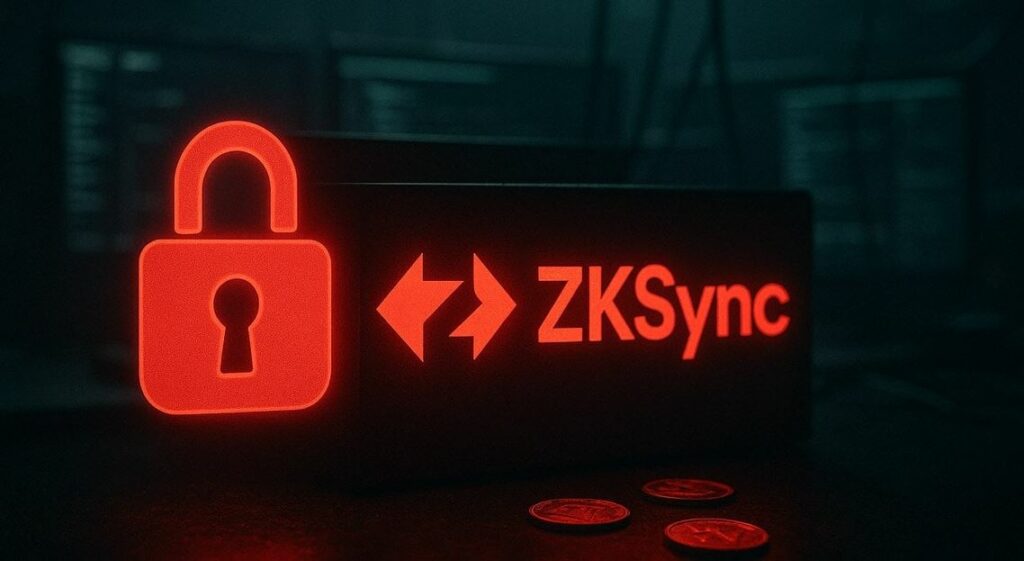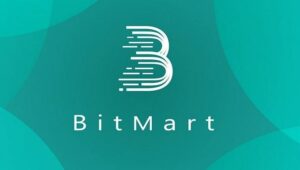
A recent hack targeting ZKsync, a popular Ethereum Layer-2 scaling project, has reached a surprising but peaceful conclusion. After draining nearly $5 million from an airdrop smart contract, the hacker has returned the stolen funds, accepting a bounty offered by the project. The case is now officially closed, according to ZKsync’s team.

Exploit Hits ZKsync Airdrop Contract
Earlier this week, ZKsync revealed that its airdrop contract had been compromised. The attacker used a “compromised key” to exploit the contract, allowing them to mint new tokens and reroute unclaimed airdrop funds.
The attacker managed to move the stolen assets across Ethereum and ZKsync’s own Layer-2 network, raising alarms across the crypto community. In total, the hacker took over 44.6 million ZK tokens and nearly 1,800 ETH. At the time of the attack, the total value of the stolen assets was close to $5 million.
Immediate Response and Bounty Offer
ZKsync acted quickly to contain the situation. The project issued an on-chain message to the hacker with a clear offer: return at least 90% of the funds within 72 hours and keep 10% as a bounty. If the hacker refused, ZKsync threatened to escalate the matter to law enforcement and initiate a full criminal investigation.
The project also reassured users that their personal funds were never at risk. “All user funds are safe,” ZKsync stated in an update. “The ZKsync protocol and ZK token contract remain secure.”
Hacker Cooperates, Funds Returned
Fortunately, the attacker chose to cooperate. On April 23, ZKsync confirmed on X (formerly Twitter) that the stolen assets had been returned within the deadline.
“We’re pleased to share that the hacker has cooperated and returned the funds within the safe harbor deadline,” ZKsync announced. “The case is now considered resolved.”
The returned funds have been placed under the control of the ZKsync Security Council. This group will decide how the assets should be handled next, using the project’s community governance system.
ZK Token Price Impact
The exploit caused a brief panic in the market. The price of the ZK token dropped to $0.04 shortly after news of the exploit broke. However, following the return of the funds, the token price stabilized at around $0.05. This represents a 2.6% decline over the past 24 hours, according to CoinGecko.
While the market reaction was mild compared to other major hacks, the event still shook investor confidence and added pressure on ZKsync to improve its security practices.

A Rough Year for Crypto Security
The ZKsync incident is just one in a long list of cyberattacks that have hit the crypto industry in 2024. According to security firm Immunefi, hackers have stolen nearly $1.6 billion in digital assets in just the first two months of the year.
Another report from CertiK shows even more concerning figures. In Q1 2024, the crypto industry lost $1.67 billion to various scams, hacks, and exploits. That figure already represents more than two-thirds of the total stolen funds reported last year.
The most shocking case this year has been the Bybit exploit, which caused $1.45 billion in losses. This massive breach raised serious questions about the safety of centralized exchanges and has led to renewed calls for better security standards.
Private Key Vulnerabilities Remain a Top Threat
Private key theft continues to be one of the biggest dangers facing crypto users. In just the first quarter of 2024, compromised keys were responsible for $142.3 million in losses across 15 separate incidents.
Sadly, the industry is struggling to recover stolen funds. In Q1 2024, only 0.38% of lost assets were recovered, a dramatic drop from over 42% in the previous quarter. In February, not a single dollar was returned, highlighting the challenge of tracking and retrieving stolen crypto.
Ethereum remains the most targeted blockchain. In 2024 alone, it has suffered losses of nearly $1.54 billion across 98 separate incidents.
Community and Governance in Focus
The ZKsync team emphasized that its fast response and community-focused governance model were key to resolving the situation. The decision to offer a bounty was a strategic move to avoid a lengthy legal battle and ensure that the funds were returned quickly.
This approach is gaining popularity in the crypto world. Instead of chasing hackers through courts, many projects now offer bounties as a practical way to recover stolen assets. The idea is simple: if a hacker returns most of the money, they can keep a small portion as a reward and avoid prosecution.
What’s Next for ZKsync?
With the funds recovered, ZKsync is now preparing a full investigation report. The final findings will be shared publicly once complete. Meanwhile, the project has promised to review its internal security protocols to prevent future incidents.
The return of nearly $5 million in stolen crypto is rare in the industry, especially considering how low the recovery rate has been this year. It’s a positive outcome in a space where trust is fragile and security breaches are becoming all too common.
Still, the event serves as a powerful reminder: even advanced Layer-2 protocols are not immune to attacks. Projects must continue to strengthen their smart contracts, protect private keys, and stay ahead of malicious actors.
As the crypto world continues to grow, so does the responsibility of developers, users, and communities to build a safer ecosystem.























